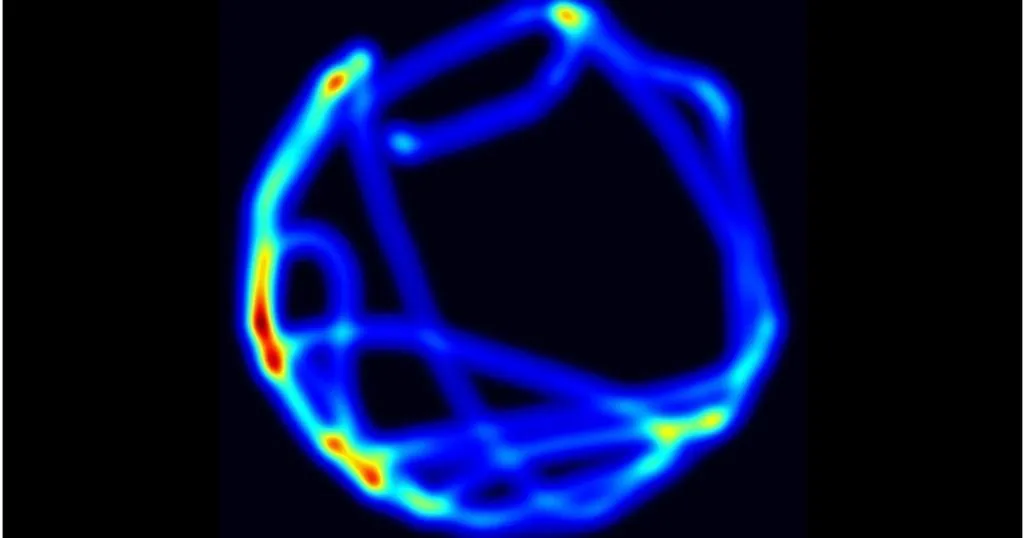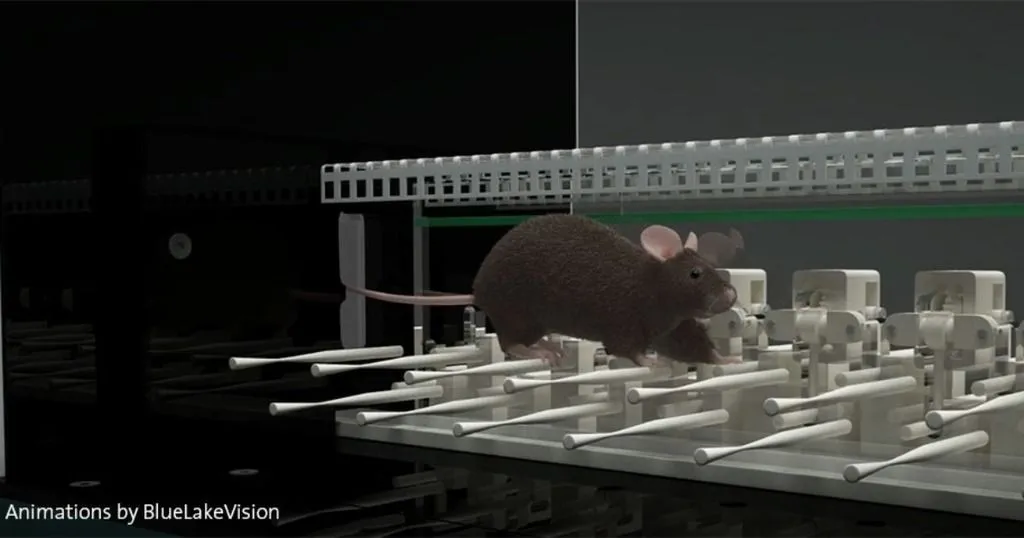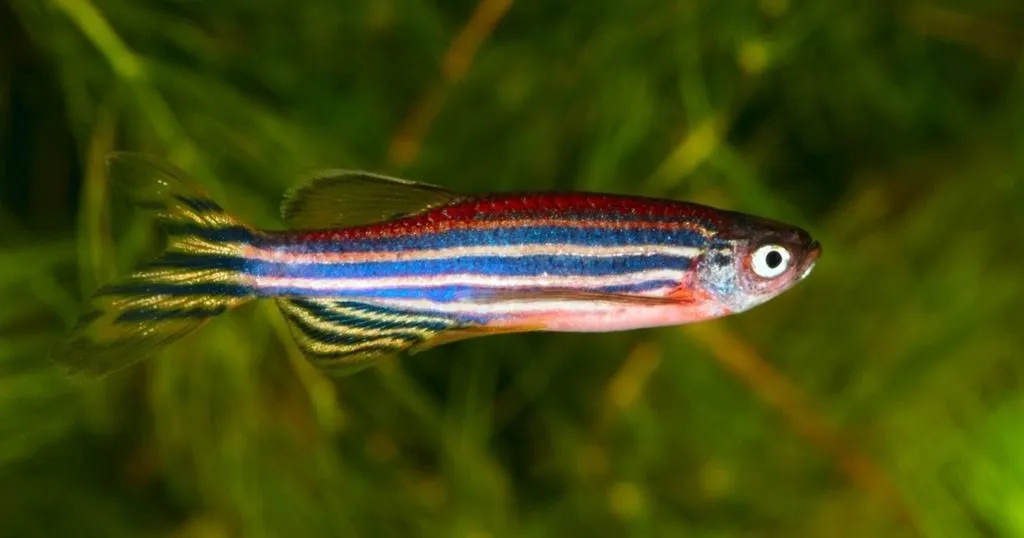Alzheimer research and the Morris water maze task
First developed in 1981 by Richard Morris, the Morris water maze task is still one of the most popular tests for memory and learning in rodents.
Posted by
Published on
Tue 12 Jun. 2018
Topics

The Morris water maze task: first developed in 1981 by Richard Morris, it is still one of the most popular tests for memory and learning in rodents.
Alzheimer research
One of the research fields this task is commonly used in is Alzheimer’s disease (AD). As the most common form of dementia, AD is a neurodegenerative disease that comes with memory impairments, which is precisely what we can test with a water maze.
Recent studies focus on several AD risk factors such as insulin resistance and diabetes.
Variation in water mazes
The Morris water maze task does not require much in setup. The basic needs consist of a large round pool, a platform, and visual cues. Instead of timing the animal by using a stopwatch to measure how long it took the animal to get to the platform, most researchers opt for an automated test using video tracking software such as EthoVision XT.
Testing protocols
In a nutshell, during a water maze test the rat or mouse learns the location of the platform by using cues in the environment. Normally, subjects decrease their searching time over trials, indicating healthy cognition.
In these studies, different variations to the protocol were used. For example, a probe trial, in which the platform is removed, is used to test reference memory. Another example is reversal learning, which is tested by changing the location of the platform.
Escape latency
Probably the most important parameter in water maze tests is the escape latency, or how long it takes the animal to reach the platform.
Correct quadrant
Probe trials often use additional parameters like time spent in the correct quadrant or platform zone. Alternatively, Knezovic et al. define the number of mistakes as entering the incorrect quadrant.
Swim path
In addition to how fast the animal gets to the platform, it is often important to know how it gets there. In other words, what kind of a search strategy is the animal using? Does it rely on the external cues provided, or does is simply swim in circles until it finds the platform? Researchers therefore use parameters like meandering or Whishaw’s index to assess the swim path.

Velocity
Velocity is an important part of how fast an animal can reach the platform, but is it also often taken into account during a water maze test to reflect motivation and/or locomotor abilities. If one of these is impaired, this can cause huge differences in the test results of the rodents while in actuality there might be nothing wrong with their learning and memory capabilities.
Research results
Caccamo et al. focused on a gene that plays a crucial role in the insulin signaling pathway, and found that removing this gene alleviated mouse models of AD of their memory deficits.
Knezovic et al. investigated whether galactose, an epimer of glucose, could alleviate memory impairment in a rat model of AD. It did.
Majkutewicz et al. investigated the age-dependent effects of dimethyl fumarate (DMF), an anti-inflammatory, antioxidative, and neuroprotective drug. Spatial memory and neurodegeneration was more severe in aged STZ rats, but DMF therapy was also more effective.
References
- Caccamo, A.; Belfiore, R.; Oddo, S. (2018). Genetically reducing mTOR signaling rescues central insulin dysregulation in a mouse model of Alzheimer’s disease. Neurobiology of Aging, doi: 10.1016/j.neurobiolaging.2018.03.032.
- Knezovic, A.; Osmanovic Barilar, J.; Babic, A.; Bagaric,R.; Farkas, V.; Riederer, P.; Salkovic-Petrisic, M. (2018). Glucagon-like peptide-1 mediates effects of oral galactose in streptozotocin-induced rat model of sporadic Alzheimer’s disease. Neuropharmacology, 135, 48-62.
- Majkutewicz, I.; Kurowska, E.; Podlacha, M.; Myslinska, D.; Grembecka, B.; Rucinski, J.; Pierzynowska, K.; Wrona, D. (2018). Age-dependent effects of dimethyl fumarate on cognitive and neuropathological features in the streptozotocin-induced rat model of Alzheimer’s disease. Brain Research,1686, 19-33.
The project for the heat map image in this post was kindly provided by Istvan Hernadi, PhD, from the University of Pecs in Hungary
Related Posts

How to study ataxia

Putative neurorestorative drug for Parkinson’s disease tested in zebrafish

